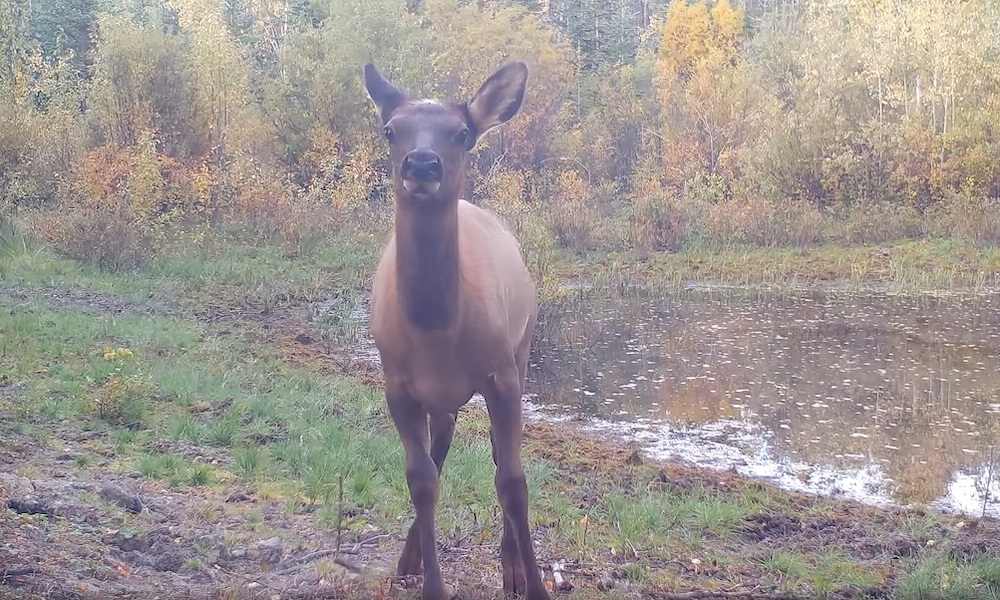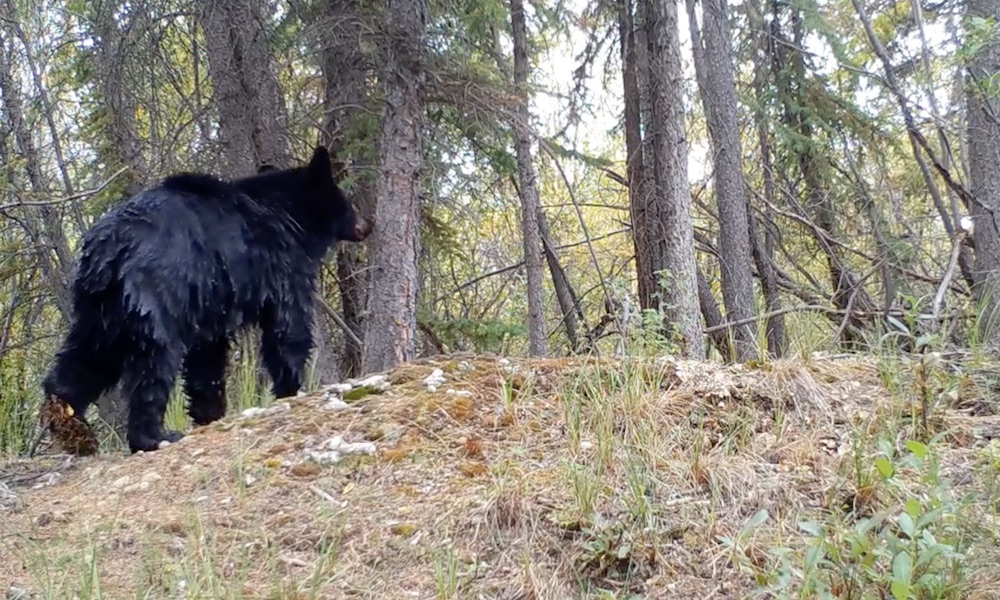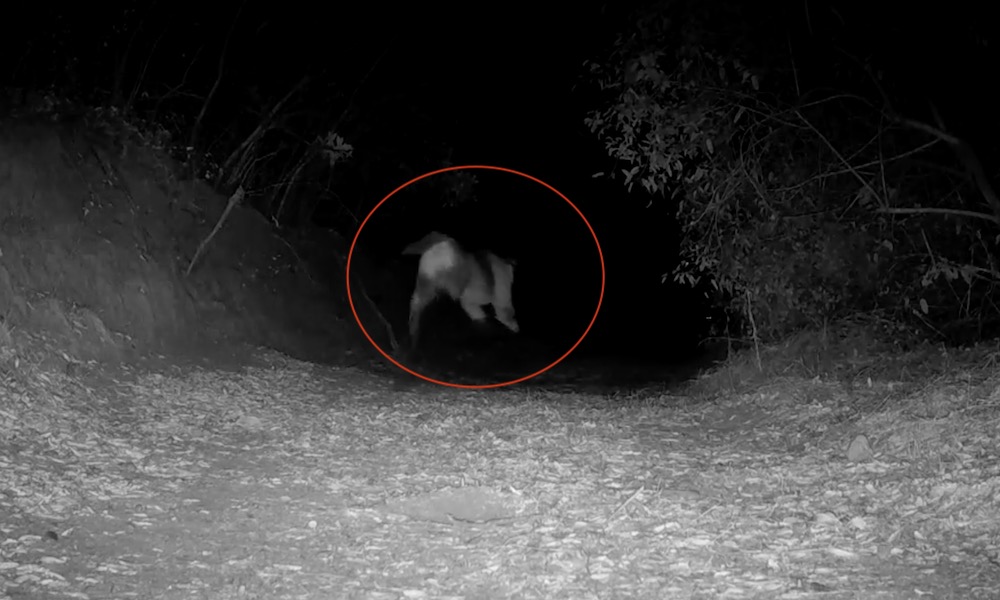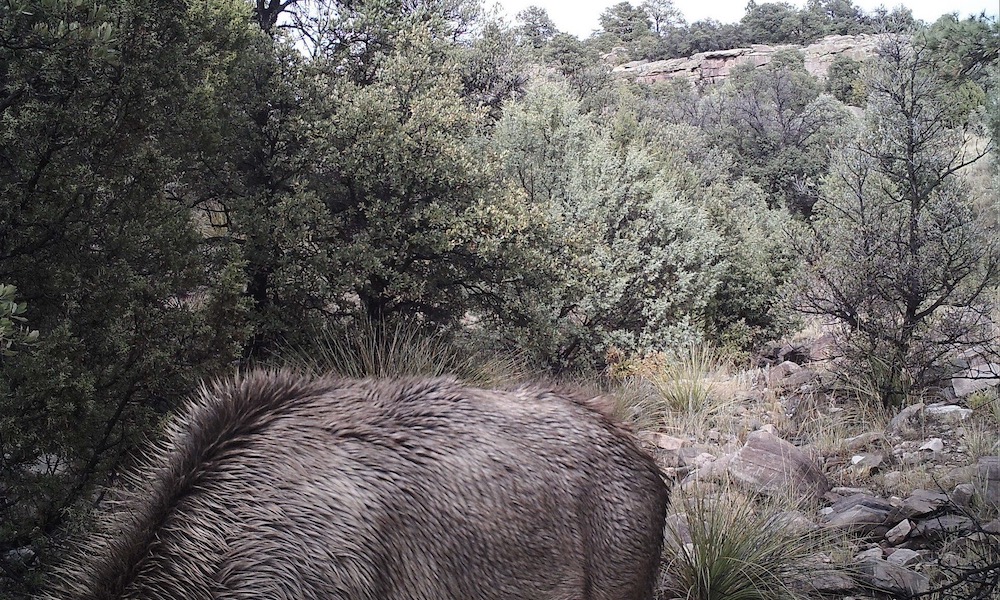A cougar nicknamed Uno because she has only one good eye was caught on a trail camera recently proving why she’s still a super mom.
The nighttime footage, captured by cameras monitored by Nathalie Orozco and Mark Girardeau, shows Uno dragging a deer carcass through the Southern California wilderness with two cubs in tow.
As viewers can see, light from the infrared camera reflects from only one of Uno’s eyes. Biologists believe she’s partially blind in the other eye, perhaps because of an old injury.
But it’s clear that she’s able to fend for herself and her offspring.
On Tuesday, Girardeau shared the footage to his Orange County Outdoors social media pages.
“Uno scored a nice meal!” he exclaimed on Facebook. “Every animal in nature has its role: deer graze the grass and spread seeds while mountain lions keep the deer population under control to prevent overgrazing.
ALSO: Yellowstone elk has perfect response to taunts from a tourist
“After bears were extirpated from Orange County, mountain lions are the only animals left to play this vital role as the keystone species that they are.”

Girardeau told FTW Outdoors that he has been monitoring Uno’s habitat with trail cameras since 2019. Biologists from UC Davis put a tracking collar on Uno a year ago. The mountain lion is cataloged as F312.
“This is a decent sized deer as you can see Uno struggling to move it to a safe place before retrieving her kittens to feed with her,” Girardeau continued, adding that Uno’s cubs are about 7 months old.
The father of the cubs is believed to be Toro (M313), who also appears sporadically in trail-cam footage.
[listicle id=1999778]



















